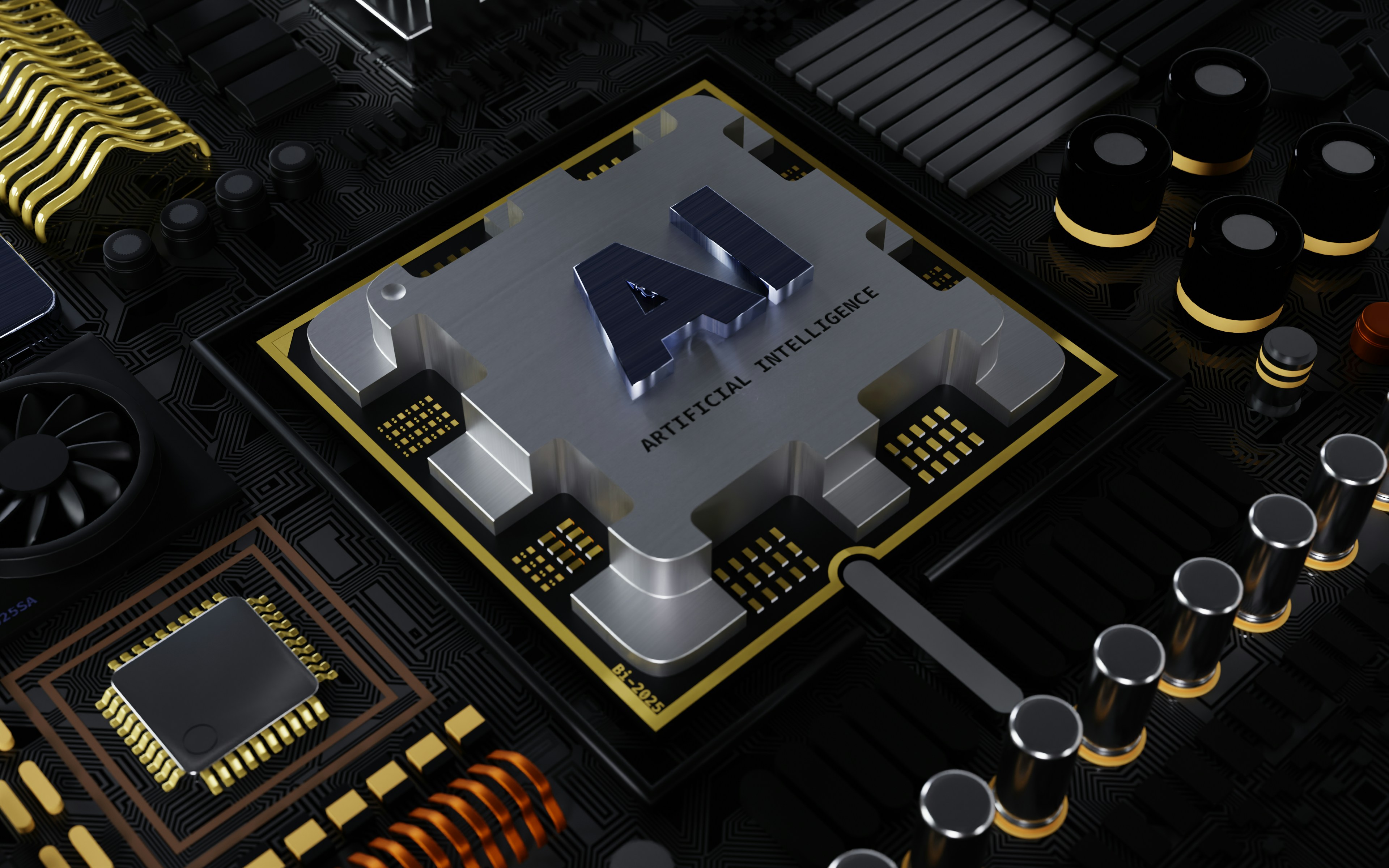Unlocking the Potential of Software-Defined Networking (SDN)
The digital world is evolving at an unprecedented pace, and as it does, the need for more flexible and efficient networking solutions is becoming increasingly apparent. That's where Software-Defined Networking (SDN) comes into play—a revolutionary approach to network management that promises to transform the way we think about connectivity.

SDN: A Brief Overview
Software-Defined Networking (SDN), a relatively new concept, is a paradigm that separates the network’s control and forwarding functions, allowing network administrators to have programmable central control of network traffic without requiring physical access to the network’s hardware devices. This approach traces its beginnings to the early 2000s, where it emerged as a response to the increasing complexity and rigidity of traditional network architectures.
Shaping the Future of Connectivity
With the ever-growing demands for high-speed internet and the explosion of data traffic, SDN has become a beacon of hope for telecom industries. Its ability to automate and simplify network design and operation offers a more efficient, responsive, and dynamic approach to managing network traffic.
Regulatory Implications and Industry Response
As SDN continues to gain traction, it also prompts changes in the regulatory landscape. Policymakers are now faced with the challenge of adapting existing regulations to accommodate this new technology. Meanwhile, industry players are actively participating in the discourse, contributing expert insights and advocating for a balanced approach that promotes innovation while protecting consumers.
The SDN Impact: Opportunities and Challenges
SDN’s potential to revolutionize the way networks operate is enormous. Its flexibility allows for better bandwidth utilization, improved user experience, and faster service delivery. However, it’s not without challenges. The shift to SDN requires significant changes in infrastructure and operation models, and there are concerns about security and privacy in this new networking paradigm.
Practical Applications of SDN
Despite these challenges, the implementation of SDN across various sectors is a testament to its benefits. It’s currently being used in data centers, enterprise networking, and even Internet Service Providers (ISPs), paving the way for a more connected and efficient digital world.
Software-Defined Networking (SDN) is more than just a buzzword—it’s a game-changing technology that holds promise for a more flexible, efficient, and intelligent network infrastructure. While the path towards broad SDN adoption is fraught with challenges, it also opens up a world of possibilities that could redefine the future of telecommunications.






